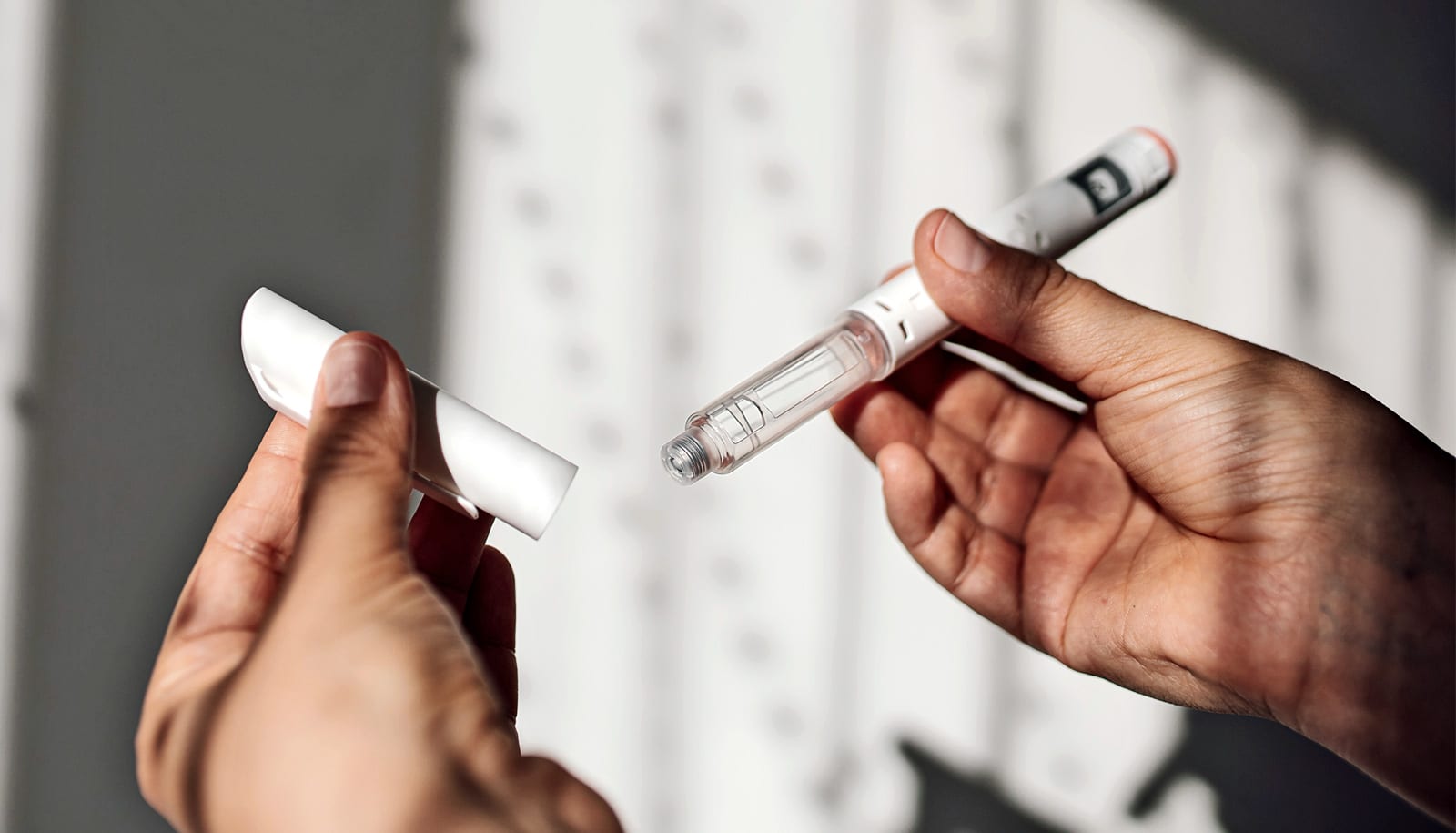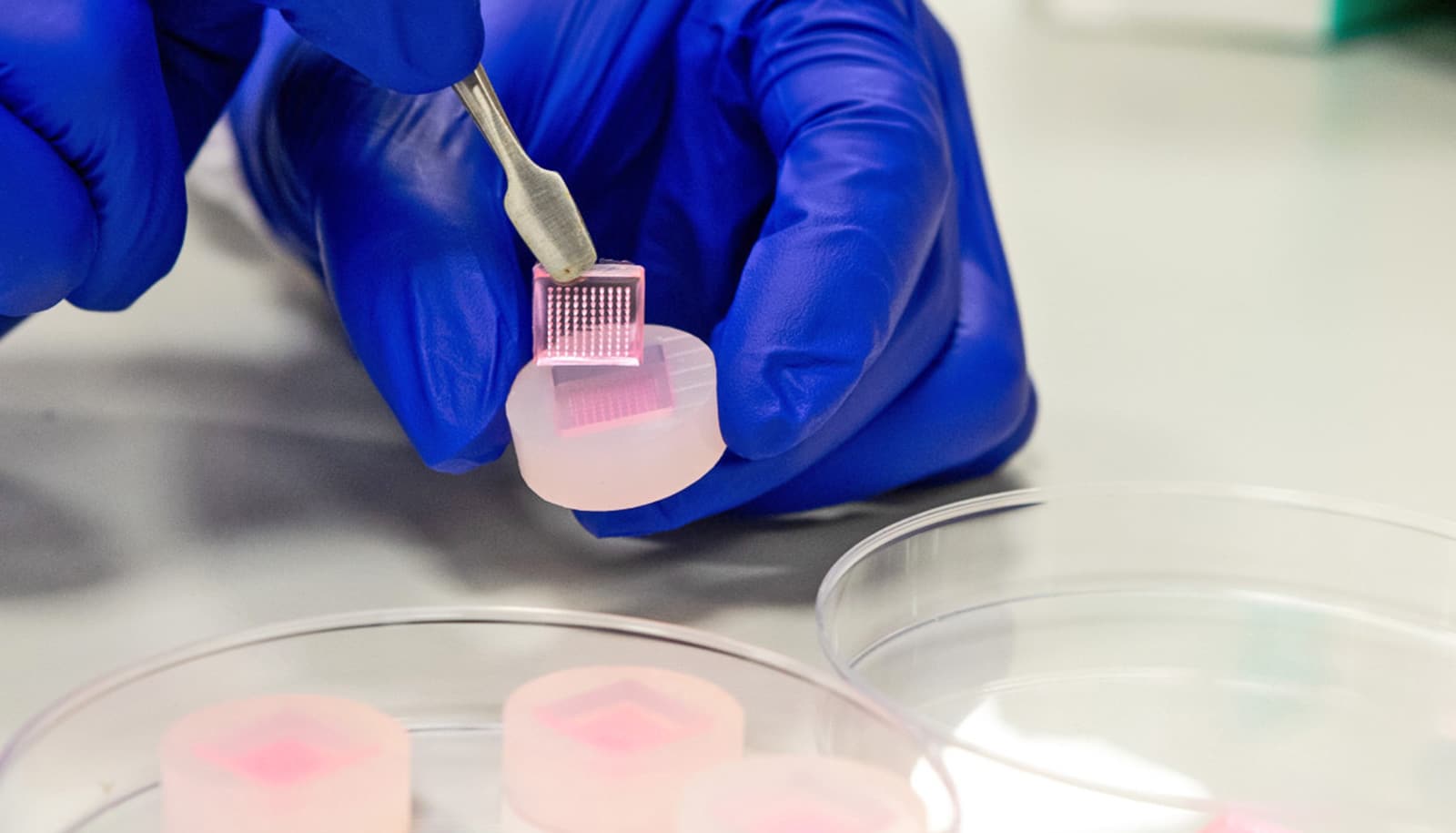The fat molecule cardiolipin controls the energy metabolism of the body’s “brown fat” cells, research finds. The findings also show that the absence of cardiolipin in fat cells is causally linked to pre-diabetes and type 2 diabetes.
“Switching off production of cardiolipin in mice leads to insulin resistance, which is the cornerstone of diabetes.”
Large amounts of cardiolipin produced in the fat cells’ mitochondria—or “powerhouses”—result in stronger calorie-burning, while low amounts of the molecule are related to obesity and type 2 diabetes, the new study shows.
“Brown fat is a fascinating and unique type of fat tissue that actually burns calories rather than stores them,” says Zach Gerhart-Hines, associate professor at the Novo Nordisk Foundation Center for Basic Metabolic Research at the University of Copenhagen and senior author of the study.
“Now we have learned that the fat molecule, cardiolipin, functions almost like an ‘on-off switch’ for the activity of our brown fat. Switching off production of cardiolipin in mice leads to insulin resistance, which is the cornerstone of diabetes.”
Insulin resistance
The study, published in Cell Metabolism, started out by examining what happens in the fat cells of mice exposed to cold, which pushes brown fat to burn energy at full throttle. The researchers found that the mitochondria produced a lot of cardiolipin. However, in order to understand how this could affect energy balance and health, they had to develop new tools.
“We generated mouse models in which we could switch off cardiolipin production in brown fat. After decreasing cardiolipin levels, the mice became insulin resistant and thus provided a clear link to diabetes,” Gerhart-Hines explains.
“What really surprised us was that when we turned up the production of cardiolipin in both mouse and human fat cells, we increased the amount of calories the fat cells were able to burn.”
The researchers further uncovered promising evidence that strongly suggests the scientific findings are relevant to humans.
When they investigated the genetics of metabolic disease, they found that people with a gene mutation linked to low cardiolipin production have a higher risk of being overweight and developing type 2 diabetes than others.
Time to boost cardiolipin?
The researchers also examined the levels of the enzyme that makes cardiolipin in fat cells from healthy and diabetic patients. They found that fat cells from healthy, insulin-sensitive people had significantly more cardiolipin-producing enzyme.
How a person’s own fat could one day treat diabetes
“We’re excited that what we find in the petri dish and animal models seems to also be true in humans. This could open up new approaches to improve metabolic health by finding ways to boost the amount of cardiolipin in the body’s fat cells,” says Elahu Sustarsic, the postdoctoral researcher at the University of Copenhagen who led the work.
This work reveals that a single fat molecule in the powerhouse of fat cells can have a profound influence on the health of the whole body. The researchers now hope to uncover ways to boost cardiolipin in fat cells to increase insulin sensitivity and combat metabolic disease.
Tweak lets mice eat high-fat diet but stay lean
Researchers from Harvard Medical School, the Helmholtz Diabetes Center in Germany, and several Danish institutions including the University of Southern Denmark and University of Copenhagen contributed to the project.
Funding came from the European Research Council, the Independent Research Fund Denmark–Medical Sciences, the American National Institute of Diabetes and Digestive and Kidney Diseases, the Danish Diabetes Academy, and the Novo Nordisk Foundation.
Source: University of Copenhagen



